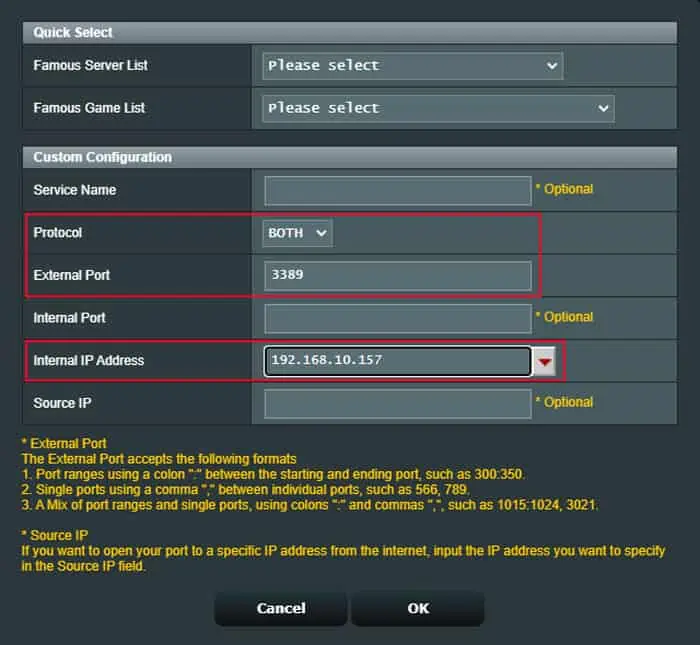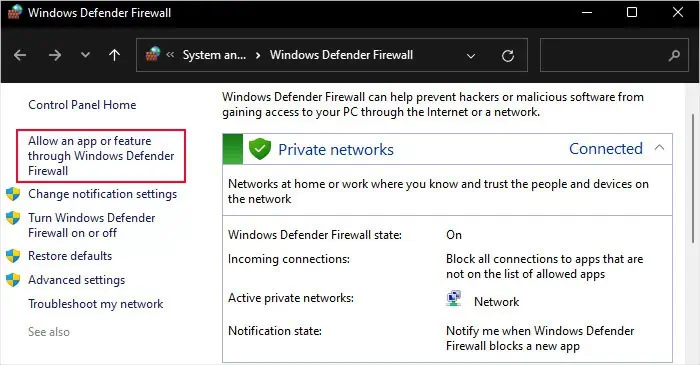Remote Desktop Connection is the default feature on Windows devices that allows you to remotely control it using another device. During a remote session, the computer gets logged out, and all control is given to the client device.
It is useful if you want to access or control your remote computer while doing any other tasks at your home or office.
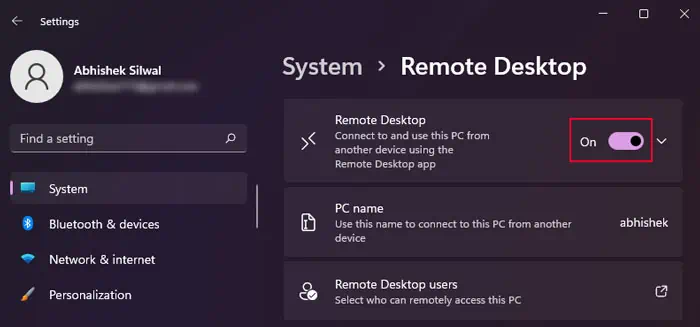
Below, I have provided all the steps you need to initiate and use Remote Desktop Connection for LAN and WAN access.
Please note thatonly Steps 1, 4, and 5 are necessary if you wish to access the computers on the same LAN.
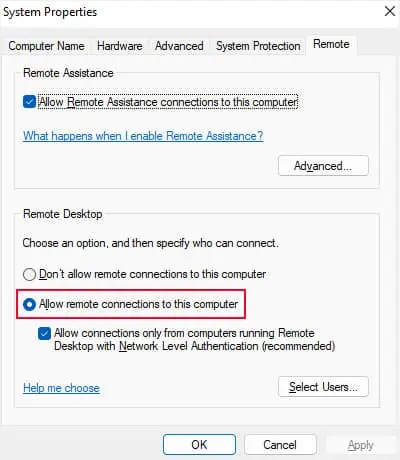
Step 1: Enable Remote Desktop Connection
The first thing you need to do is enable Remote Desktop Connection (RDC) on the computer which you wish to access remotely.
You can enable RDC throughWindows Settings, the System Properties dialog box, or directly by changing the relevant registry entry.
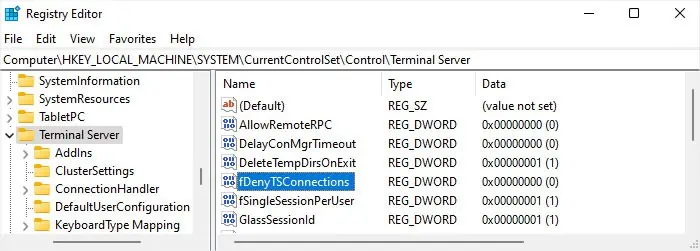
From System Properties
Using Registry Editor
You can also use the following commands on the respective command-line tools with admin privileges to make same registry changes.
On PowerShell
Step 2: Enable Port Forwarding for Remote Desktop on Router
Your router will restrict any direct access to your device from an external network. So, you won’t be able to initiate a remote connection from another network by default. To facilitate this process, you must enable such access throughport forwarding.
Also, you will need to specify theIP addressfor port forwarding access. However, your network’s DHCP can assign a new IP to you at any time.

There are many things you can do in this case, but the easiest is to set up a static IP on the computer. After that, you can begin setting up port forwarding.
Warning: Enabling port forwarding can open up your network to the Internet, which introduces security vulnerabilities. So, you should have a strong password on your computer for your protection.

You can alsouse a VPNto prevent having to enable port forwarding. It will create a secure channel for communication between the remote server and the client device.
Create Static IP
Set up Port Forwarding
If you need to set up port forwarding for multiple computers, you can use some other ports like 3388, 3391, 3392, 3393, and so on for the extra computers.
But you’ll need to specify the port number after the IP address while connecting from the remote client device.
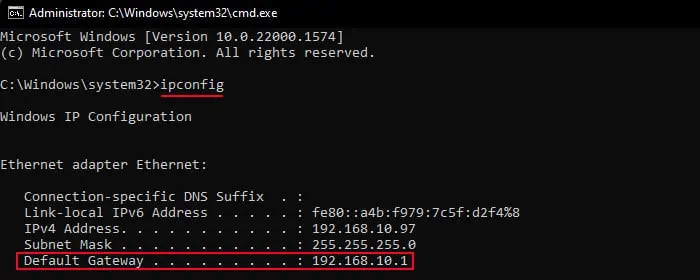
Step 3: Enable Remote Desktop on Firewall
This step may not be necessary for all situations, but I still recommend you perform it if you want to access the computer with another device in another network. Doing so will prevent any potential attempts by the remote computer’s firewall to block the connection.
You can also use the following commands on the Elevated Command Prompt or PowerShell to perform the same task
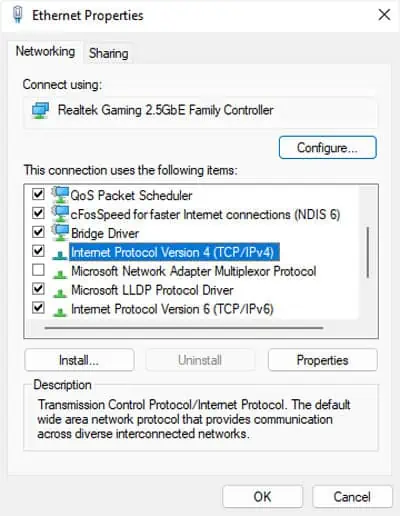
Step 4: Check Remote Desktop Service
The Remote Desktop Service must run on a Windows computer if you wish to connect to it remotely from any other computer. This remains true regardless of whether the computer is on the same or different network.
Step 5: Connect to the Computer from Another Device
Now you may finally attempt to connect the remote computer from your device. You can use a Windows computer or an Android or iPhone device for this purpose.
Also, if you want to connect to the remote server from another network, you need to use your public IP address.
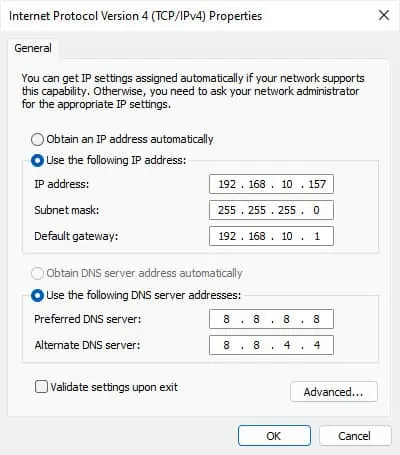
On the remote device, Google search forWhat is my IP?on the internet to find thepublic IP address. It is different from the private IP you used in port forwarding.
Also, depending on your ISP, your public IP can be static (will remain unchanged) or dynamic (will change after a certain time).
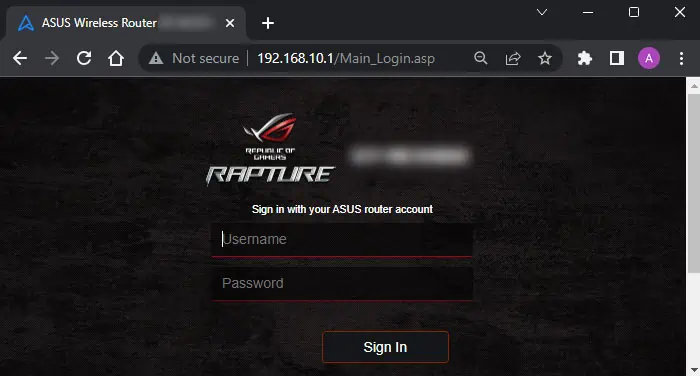
If it is static, there’s no issue. Otherwise, you will need to regularly check the public IP in case it changes.
Using PC
Windows usually have the Remote Desktop Connections client by default. You should be able to open it using the Run dialog box.
If you can’t, you need to download theRemote Desktop app from Microsoft Storeand then use it. But it will be a different app compared to the default Windows program, which works similarly to the mobile app version.
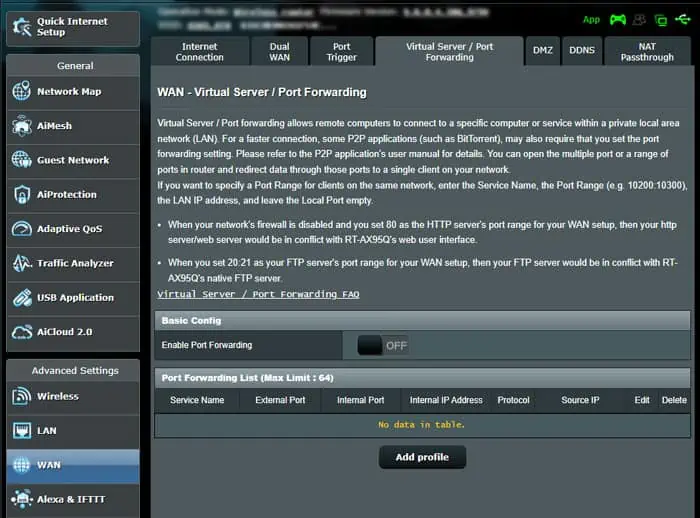
Using Android or iOS
Other systems do not have the Remote Desktop app by default. So, you need to download and install it manually before you may connect to the computer.
